The Digital Age: The Internet, Streaming Sites, and More (1990s - 2010s)
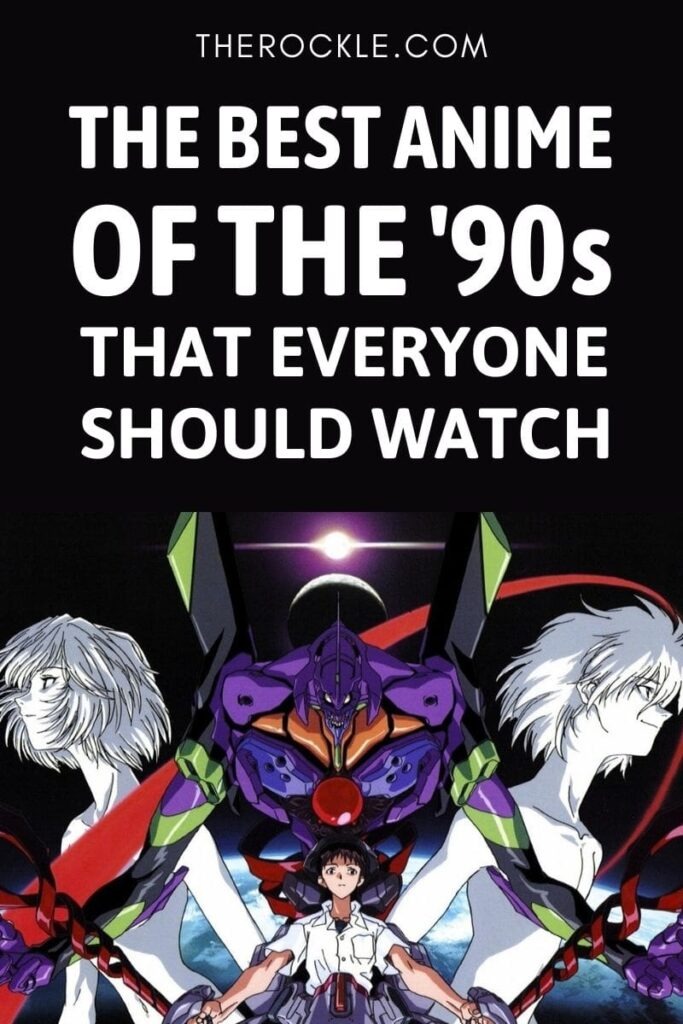
The 1990s was a time when anime was more popular than ever, even if it had a slow start. Japan’s economy crashed in 1991, which meant budgets for studies were cut back and they were not able to make many shows in the beginning. So, some anime studios decided to focus on helping Western studios animate western cartoons. By outsourcing their skills, the studios were still making money and able to keep themselves from being shut down due to bankruptcy. One that was known to frequently outsource for western cartoons was TMS Entertainment Company. This company was responsible for making several classic cartoons that came out of the 1990s, like X-Men, Teenage Mutant Ninja Turtles, Spider-Man, and so many more. This went on to influence a wave of anime inspired cartoons since the ones TMS Entertainment Company helped create became instant hits. However, some studios were fortunate to have a decent budget and that allowed them to make some animated projects. One very well-known animated project that came out at this time was Sailor Moon. The show came out on December 28, 1991 and was a shoujo anime that became a major success all over the world. “The show’s been a hit in Japan, in the U.S. and Canada, in Poland, in the Philippines, in Brazil, and especially on the Internet. Literally hundreds of Webpages sprang up overnight praising one or all of the Sailor Scouts. Even Tsukino Usagi, Sailor Moon herself, the whiny, klutzy crybaby who manages to get it together each episode just in time to save the world, has legions of devoted fans” (Drazen 11). Due to the success of the series, it became a stable income for the anime industry, going off to create more adaptations for the series, several movies, video games, and all kinds of merchandise inspired by the series.
There was no big anime that came out after Sailor Moon until three years later when Hideaki Anno debuted his anime¸ Neon Genesis Evangelion. This was the series that inspired the next generation of anime, despite the controversy that came with the anime. The series was seen as controversial because it was a critique of the beloved Mecha genre and fandom culture in general. Despite the controversy, the series was still very well loved because of the dark themes, loveable characters with serious baggage, and the experimental iconography the series displayed. After the show ended, Annon created an alternate ending for the series with his film, The End of Evangelion. The film faced the same controversy as the show, but it is still considered to be one of the best animated films of all time. This series created a wave of new shows that were called “post-Evangelion,” meaning they were shows that had giant robots, religious themes, and complex storylines. Neon Genesis Evangelion was the reason for so many classic sci-fi, cyberpunk anime that were created in the late 1990s, like Cowboy Bebop and Ghost in the Shell.
Called Shinseiki Evangelion in Japanese, the series was rendered as Neon Genesis Evangelion in English. The word evangelion is Greek and means ‘gospel.’ The word shinseiki literally means ‘new century,’ but it can also mean ‘new era.’ The scientists at NERV define their new era by the pursuit of a new life-form to ‘enhance’ humankind and thus view their new era as a starting over of life on Earth: a new Genesis.
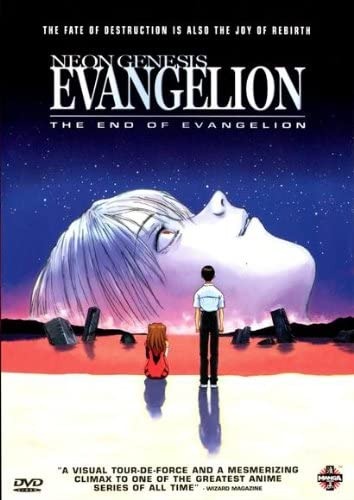
More mature anime were coming out at this time, but there were still anime being made that were meant more for children, for example the biggest one to come out at this time was Pokémon. The show, inspired by the popular video game, was released on April 1, 1997, and is considered the main reason for why the anime industry became as popular as it did. It was a children’s series that got worldwide recognition and was beloved everywhere, despite the controversy that surrounded the series at the beginning. A few months after the show came out, one of the episodes had a pulsing animation effect that caused around 700 children to have seizures or seizure-like symptoms. After the incident “the programme was taken off air for four months, and the Japanese TV industry subsequently agreed a set of guidelines on flashing effects, types of luminance and swift cutting to reduce the risk of a repeat incident. However, the scandal of the ‘Pokémon Shock’ did nothing to curb the franchise’s imminent emergence in overseas markets (Clements 177). The series is still being created today and has been a stable flow of profit for Japan, which is easy because “a children’s franchise, once established, can maintain its equilibrium for several years” (Clements 188).
The 2000s brought more worldwide recognition for anime, especially after the film, Spirited Away, won an Oscar. Spirited Away, directed by Hayao Miyazaki, was released on December 20, 2002, and the film went on to earn $383.4 million at the worldwide box office. The film was a huge success worldwide, it was the first anime film to win the Academy Award for Best Animated Feature in the 75th Academy Awards ceremony; this was the first ever non-English speaking film and the first hand-drawn (and only hand-drawn) animated film to win that category. The film even earned the title of the highest grossing film in Japanese history and held that title for 19 years (it was only broken recently). This was just the beginning of the 2000s, there were many more anime being created for people of all ages. One Piece, Naruto, Bleach, Dragon Ball Z, and more shows like it (specifically Shonen anime) was created; these shows boosted merchandise sales for Japan and had more fans attempting to make anime even more accessible to international fans.
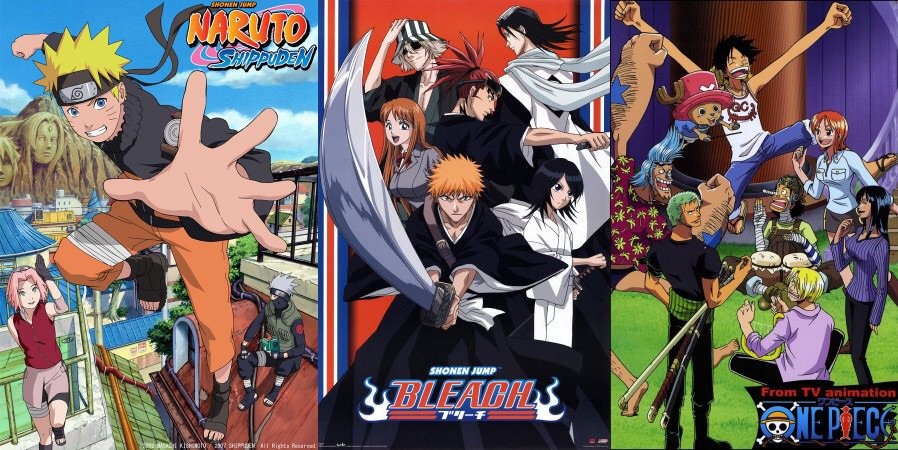
Fans’ interventions are related to technological development (from VHS to DVD to digital forms), shifting distribution patterns that integrate community formation and maintenance (e.g. forums and online hubs), industrial diversification (media mix and merchandising), and increased cooperation between Japan’s media industries and international partners (such as Studio Ghibli’s deal with Miramax and Disney). With the advent of digital technologies, a new dimension is added to the ever-shifting cultural landscape of anime. Software is crucial, for instance, in generating a remix between anime text and rock or popular music. This latest trend only added to fans’ existing traditions of subtitling and translation.
Since there was no form of streaming site yet, anime piracy was very popular in the early 2000s for international fans, since there was no other way for them to watch any. International fans found anyway to be able to watch anime, they were so in love with it that there have been many series that were very influenced by anime. Teen Titans, W.I.T.C.H., Avatar: The Last Airbender, and The Boondocks are just some of the shows that were inspired by anime, these shows even got fans wondering what makes a series an anime. The only American show that is officially considered an anime, was this American web series that went by the name RWBY. RWBY was heavily influenced by anime art style and story elements; when it was officially licensed to be released in Japan, it was called an “American-made anime.” If this series is considered an anime, then would not all anime influenced series be considered anime? This has been an ongoing discussion with the anime community and there has not been any real answer to the question; the only answer there really is, is that people love watching anime and anything resembling an anime.
The influence of anime and manga may be limited to a single global subculture, but that subculture has gone on to make significant impacts in popular culture in Japan, the United States, and throughout the rest of the world, and it continues to inspire fans from around the world to create their own works. In this case, imported Japanese culture has now become a part of American popular culture.
When there was a potential for a real international market for anime, every kind of company jumped on that and got studios working to produce more projects. “Over 430 production studios now make up the anime industry with some of the major studios being Studio Ghibli, Studio Pierrot, P.A. Works, Nippon Animation, TMS Entertainment, Bones, Sunrise, Gonzo, Madhouse, Gainax, and Toei Animation. In Japan, anime films are often the top-grossing films annually with 6 out of the top 10 in 2014, 2015, and 2016. Anime is now big business. The total market value of the anime industry in 2015 was $18.1 billion dollars, up 12 percent from 2014” (King). This inspired streaming sites to invest in all kinds of anime platforms, stop anime piracy, and make the streaming sites even more money. This also increases viewership tremendously, making anime part of mainstream culture and normalizing love for it.
Given the increased popularity of anime in the western world, it is no wonder that bigger organizations have turned their attention to it. Amazon initiated an anime subscription service name Anime Strike and rapidly established itself as the only legal source in the US for some of the best anime of the season. Netflix has planned a whole group of new anime coming online in 2017 and 2018 and are working on 30 original anime series. In another corporate move, Sony Pictures acquired a majority stake in Funimation in 2017, combining Funimation leadership position in anime with Sony’s direct access to the creative pipeline in Japan.

In 2020, when everyone was stuck in their homes, there was a huge spike in anime watchers because people had nowhere else to In 2020, when everyone was stuck in their homes, there was a huge spike in anime watchers because people had nowhere else to go, so they thought to give anime a try. Anime fans just keep growing as more love for anime is expressed on the internet and spikes interest in everyone who loves animation. Anime is a beloved form of animation and has been influencing animation creators ever since the very first anime, and animators just keep getting better at creating new kinds of animation projects. The anime industry would not be what it is today without all the people that fell in love with it worldwide.
Work Cited
Anime, -Written by: Right Stuf. “US History Of Anime: A Right Stuf Perspective.” Right Stuf,
www.rightstufanime.com/post/global-history-of-anime.
Cardullo P. Anime: a critical introduction by Rayna Denison. Visual studies (Abingdon, England). 2017;32(1):90-91. doi:10.1080/1472586X.2016.1271053
Clements J. Anime: a History. Palgrave Macmillan on behalf of the British Film Institute; 2014.
Draper, Joshua Michael. “The Cool Japan Project and the Globalization of Anime and Manga in the United States.” Appalachian State University, 2015.
Drazen P. Anime Explosion!: the What? Why? & Wow! of Japanese Animation. Stone Bridge Press; 2003.
King, Steve. “Anime: The Impact, the History, and the Controversy.” The Good Men Project, 19 Dec. 2018, goodmenproject.com/arts/anime-the-impact-the-history-and-the-controversy/.
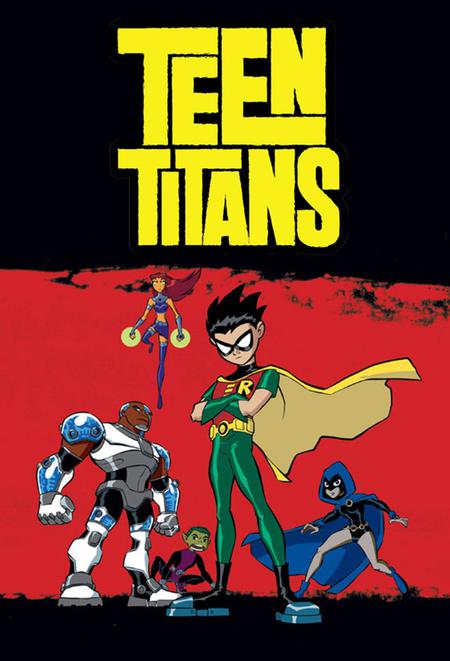
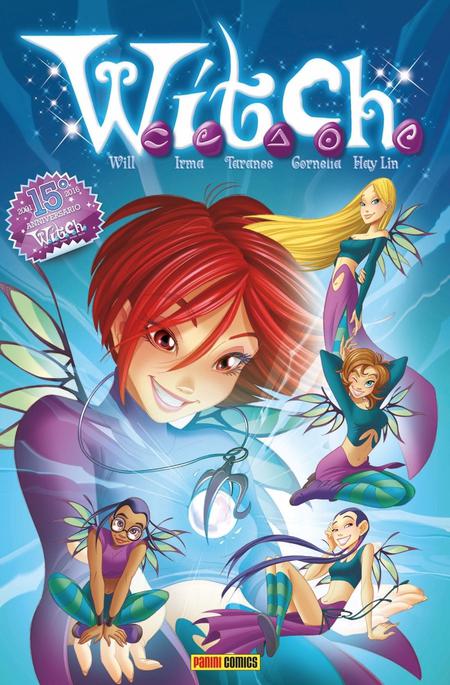
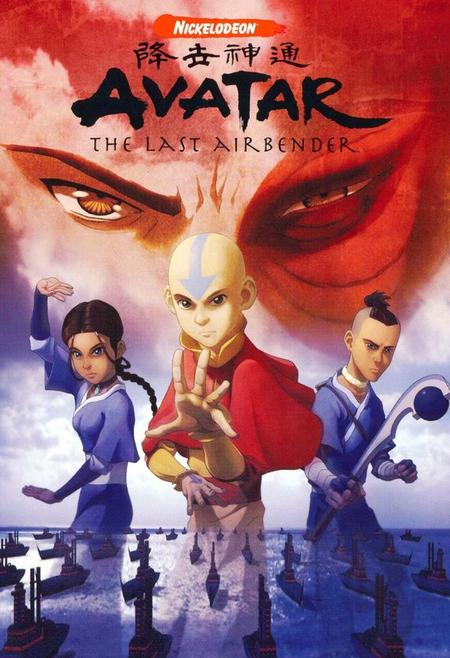
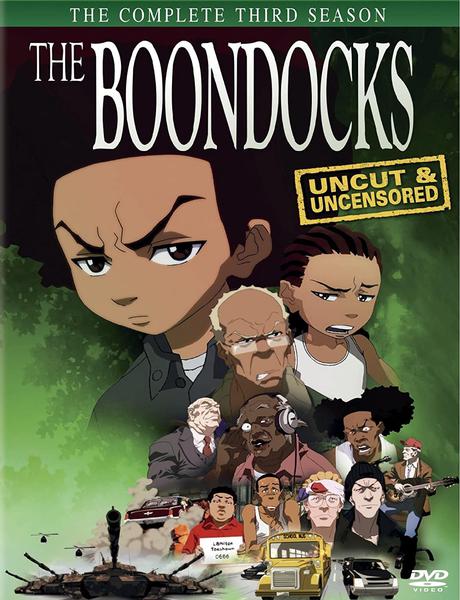
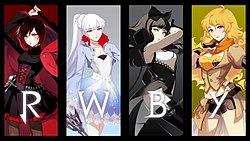
0 Comments Add a Comment?